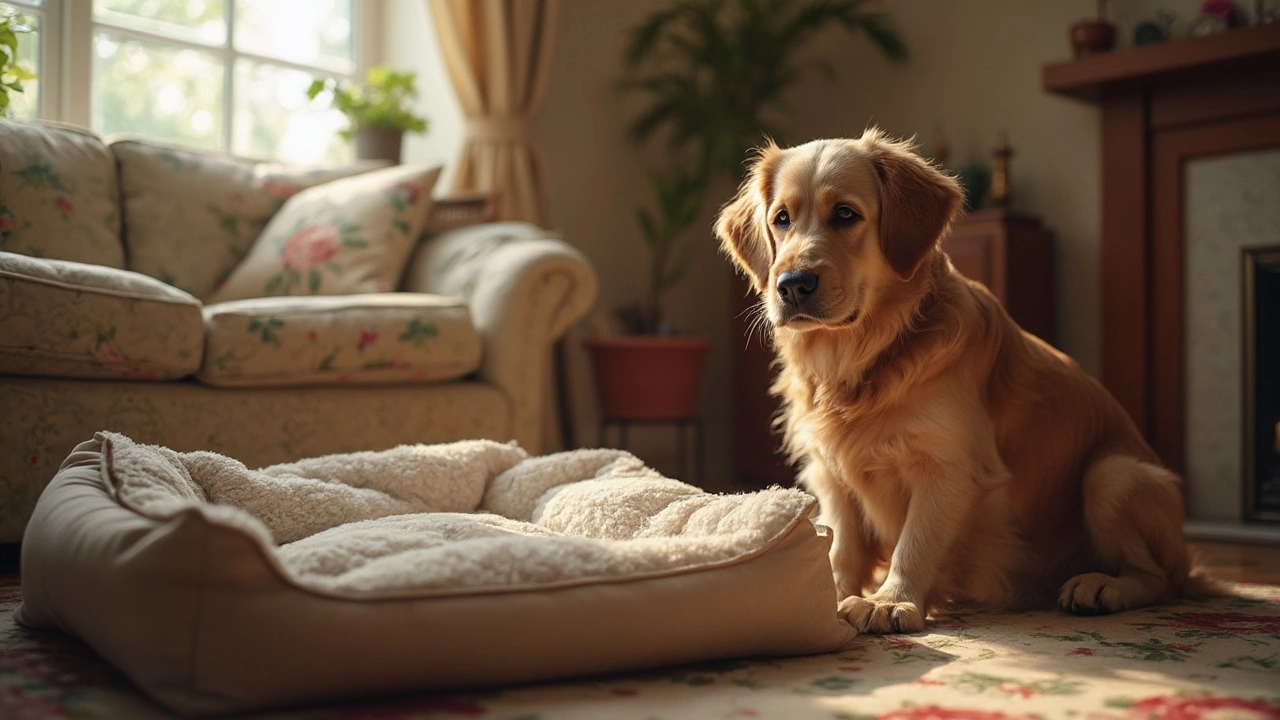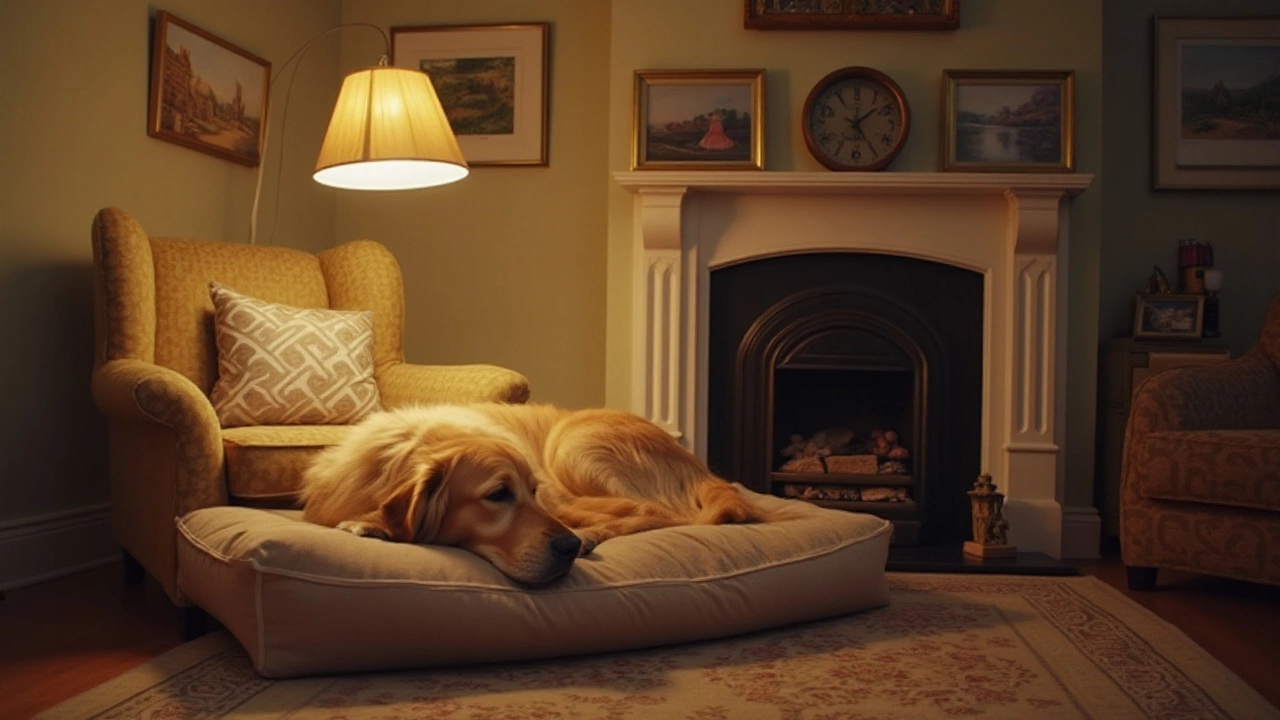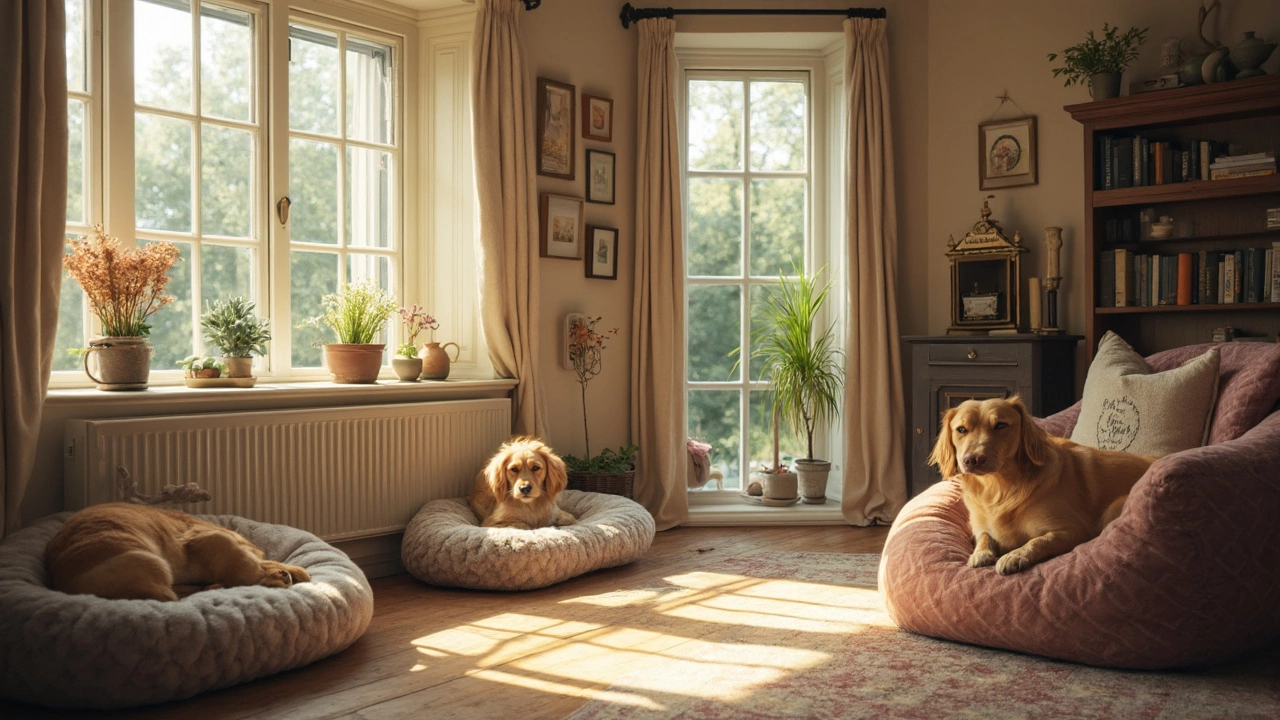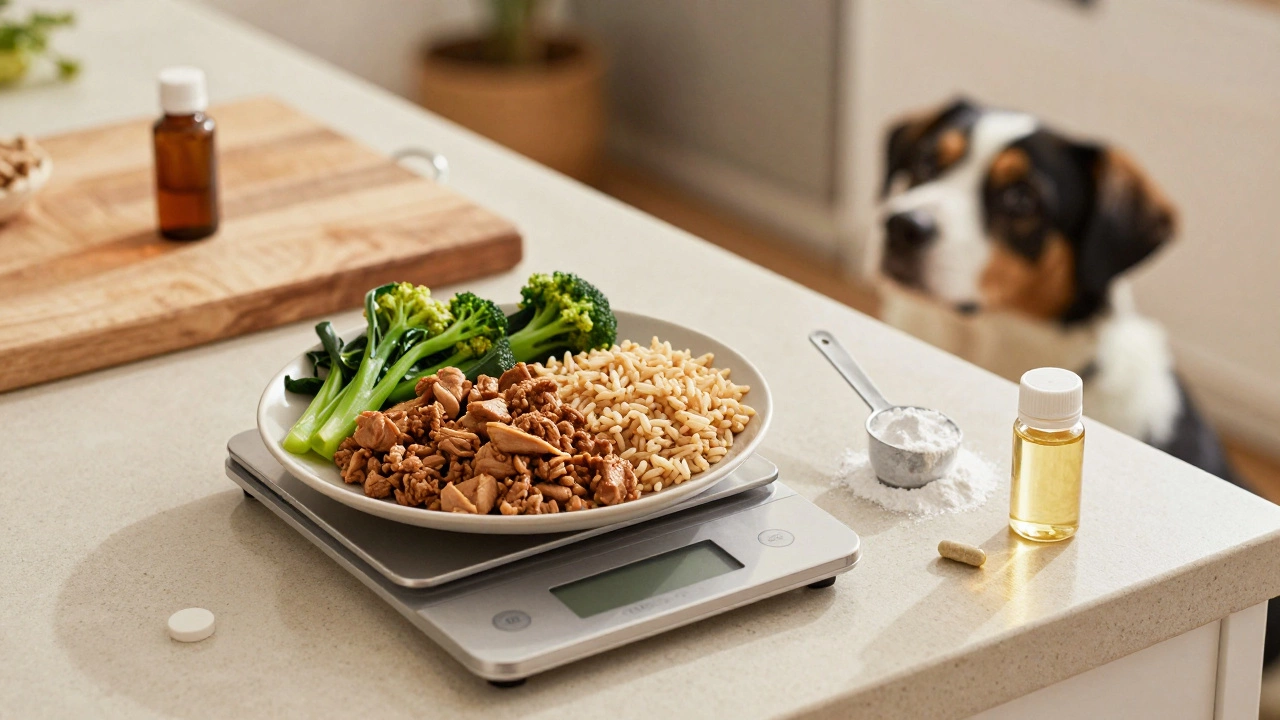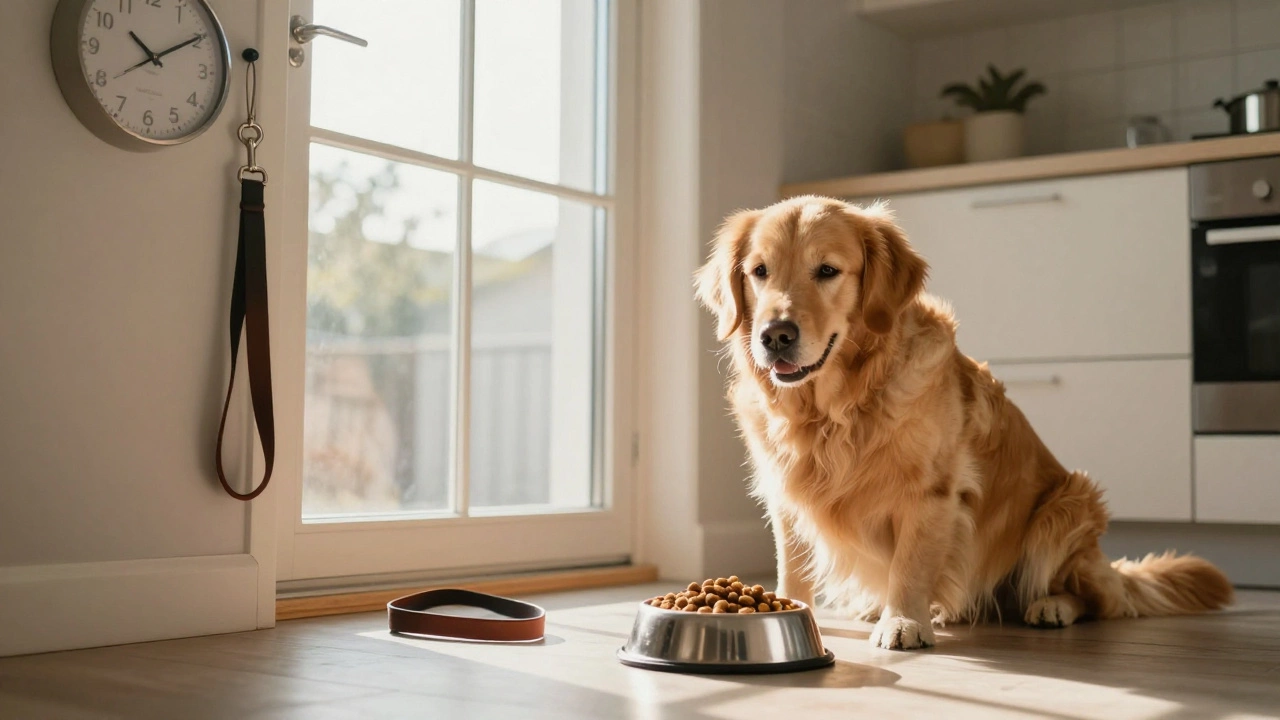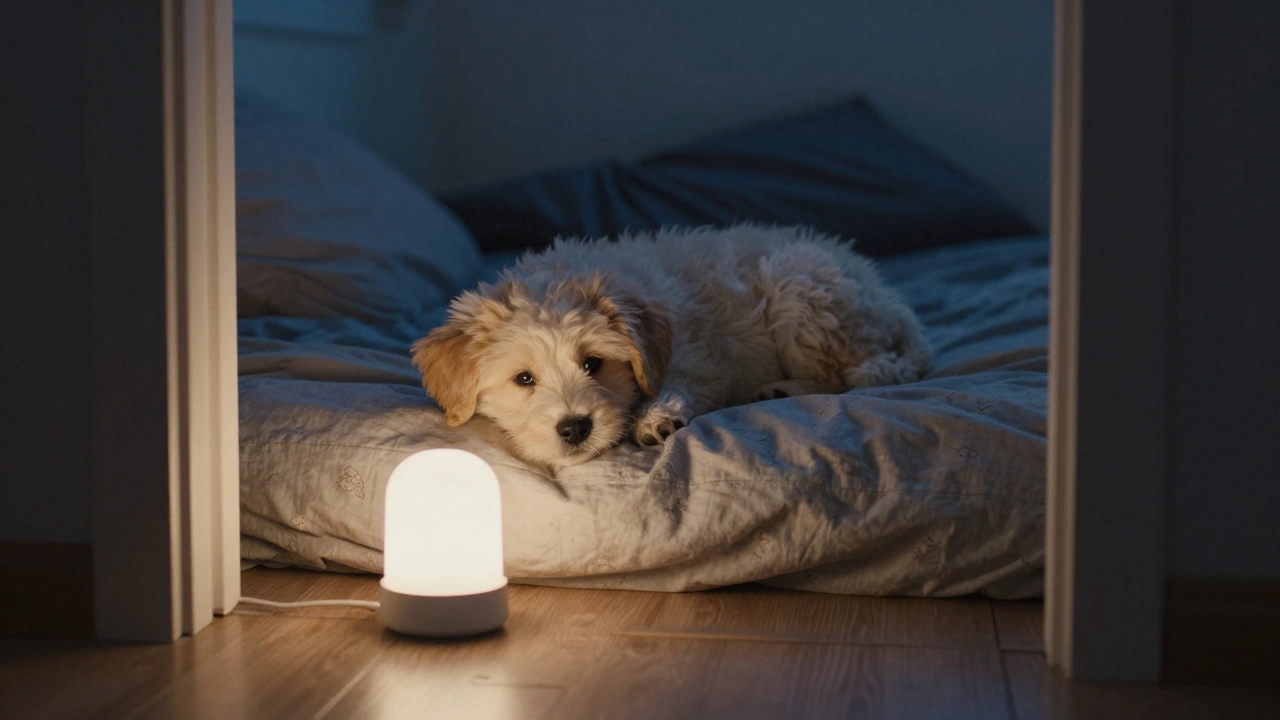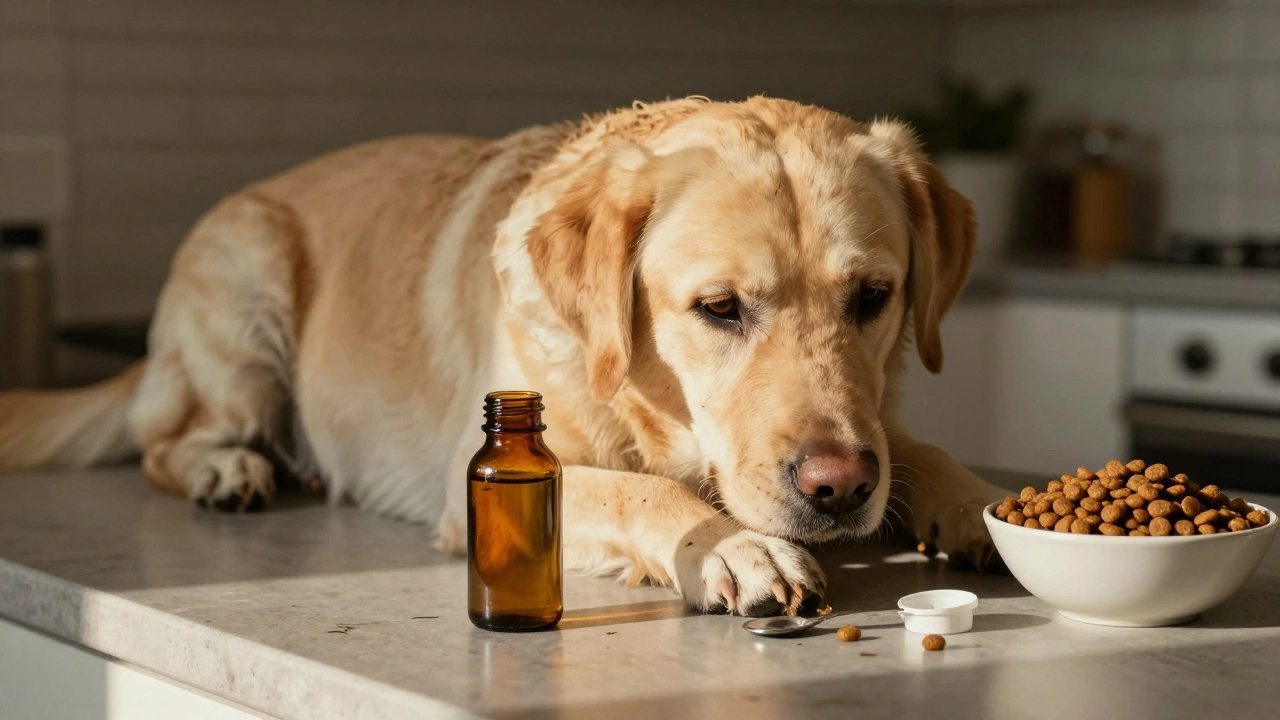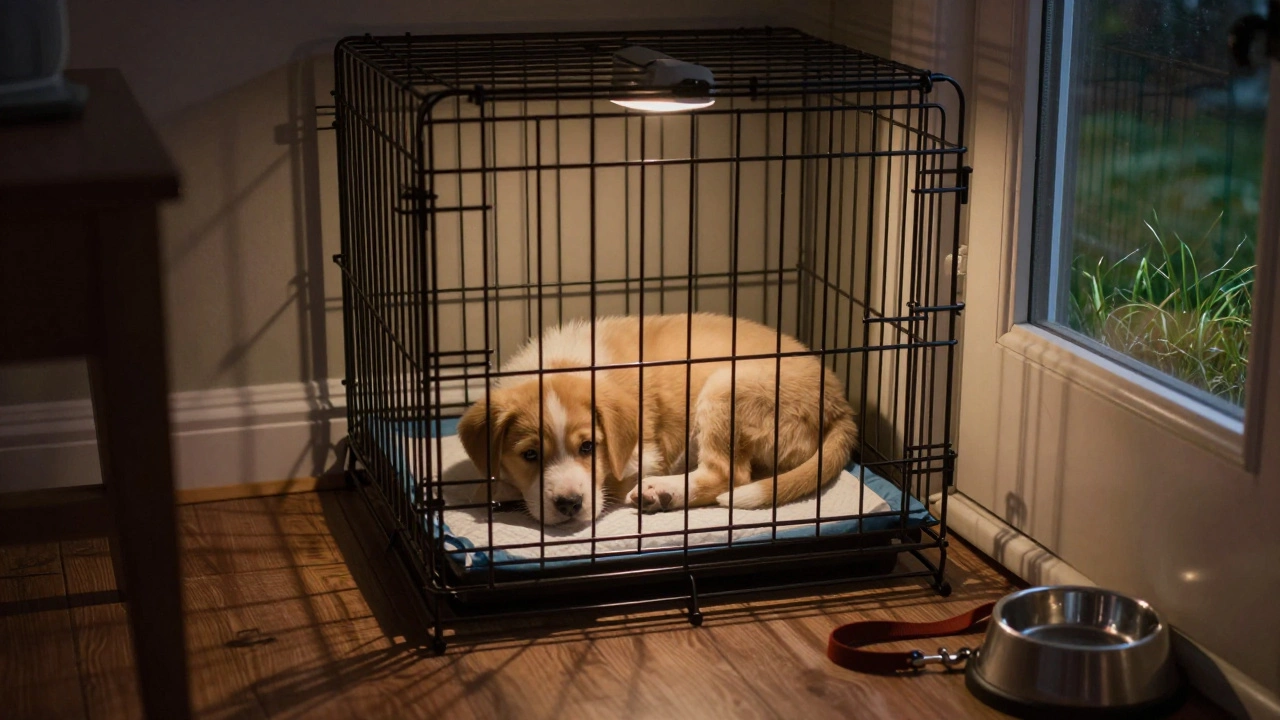Ever looked at your dog's bed and wondered if it's still doing the job? It can be tricky to tell, but your furry friend relies on you to notice those subtle cues. If their bed is starting to look more like a lumpy pancake than a cozy cushion, it might be time to consider an upgrade. Nobody likes sleeping on something that feels like a handful of mashed potatoes, not even dogs.
Keep an eye out for tell-tale signs like visible tears, a bed that's lost its shape, or that funky smell that just won't go away, no matter how much Febreze you spray. These are clear hints that the bed has seen better days. It's not just about aesthetics either; a worn-out bed can lead to discomfort or even joint problems for your pet.
But it's not just the state of the bed you should be checking. Your dog's behavior can tell you a lot too. Are they spending less time on their bed or choosing to nap elsewhere? Maybe they're scratching or trying to rearrange the bedding excessively. These are little doggy clues suggesting they're not happy with their current sleeping situation.
- Signs the Bed is Worn Out
- Behavioral Clues from Your Dog
- Health and Comfort Considerations
- Impact of Home Changes on Bed Needs
- Shopping Tips for a New Bed
Signs the Bed is Worn Out
Your dog's bed might not be the talk of the town, but it's a big deal for them. Over time, even the best quality dog bed can start showing signs of wear and tear. Knowing when it's time for a replacement can make all the difference in your dog's comfort.
Visible Damage
First up, visible damage is a dead giveaway. Check for tears or holes in the fabric. If you see stuffing popping out, it's time to hit the pet store. This isn't just an aesthetic issue; your dog could swallow bits of stuffing or the seams could irritate their skin.
Loss of Shape
Another clear sign is if the dog bed has turned into a flat, uncomfortable mess. Fluff it up and see if it bounces back. If it stays pancake-flat, that's your cue. A bed that’s lost its padding can put pressure on your dog’s joints, making it hard to get a good rest.
Odor
Smell can be a silent but significant indicator. If washing the cover doesn't get rid of that musty odor, it's a signal that the internal parts might be too grimy to save. Nobody likes sleeping in a smelly nest, your dog included.
Size Concerns
Your dog might have grown, or maybe you upgraded the couch and they spend more time there now. A bed that's too small isn't just annoying; it prevents your dog from stretching out comfortably. Verify that they fit in their bed with room to sprawl.
Summary of Signs
| Sign | What to Check |
|---|---|
| Visible Damage | Tears, holes, stuffing |
| Loss of Shape | Flatness, no bounce-back |
| Odor | Immovable smell |
| Size Concerns | Growing dog, more space needed |
Staying aware of these signs ensures that your dog continues to have a peaceful and restful nap time.
Behavioral Clues from Your Dog
Ever notice your dog behaving a bit like a detective snooping around the house? Sometimes our furry pals are trying to tell us something important about their comfort levels, especially with where they sleep. A dog's actions can speak louder than words, and if your pup is avoiding their dog bed more often, there's a message hidden there.
Reluctance to Use Their Bed
If your dog normally loves lounging in their bed but suddenly starts avoiding it, they might be telling you it's not comfy enough anymore. This could be due to wear and tear, or maybe they've outgrown it. Pay attention if they choose the floor or your bed over their own.
Restlessness and Excessive Digging
Another clue is restlessness. If your dog is constantly shifting around, scratching, or digging at their bed, it could be their way of trying to make it more comfortable or expressing frustration. It’s much like when you can’t get comfy and fluff your pillows.
Sleeping Elsewhere
Observe if your dog is starting to sleep in new places. Maybe the couch is suddenly their new favorite, or they're curling up in corners. This behavior can indicate that the dog bed isn’t meeting their needs anymore, whether it’s too small, lacks insulation, or just doesn't feel right.
Dogs with Health Issues
Older dogs or those with joint issues might resist their current bed if it doesn’t provide enough support. Look for signs like stiffness or extra time getting up, as these could mean their bed isn't as helpful for their needs anymore.
Understanding these clues will not only keep your dog happy but also ensure they have the proper comfort they deserve. Plus, who doesn’t want to see their dog peacefully napping on a cozy bed that they absolutely love?
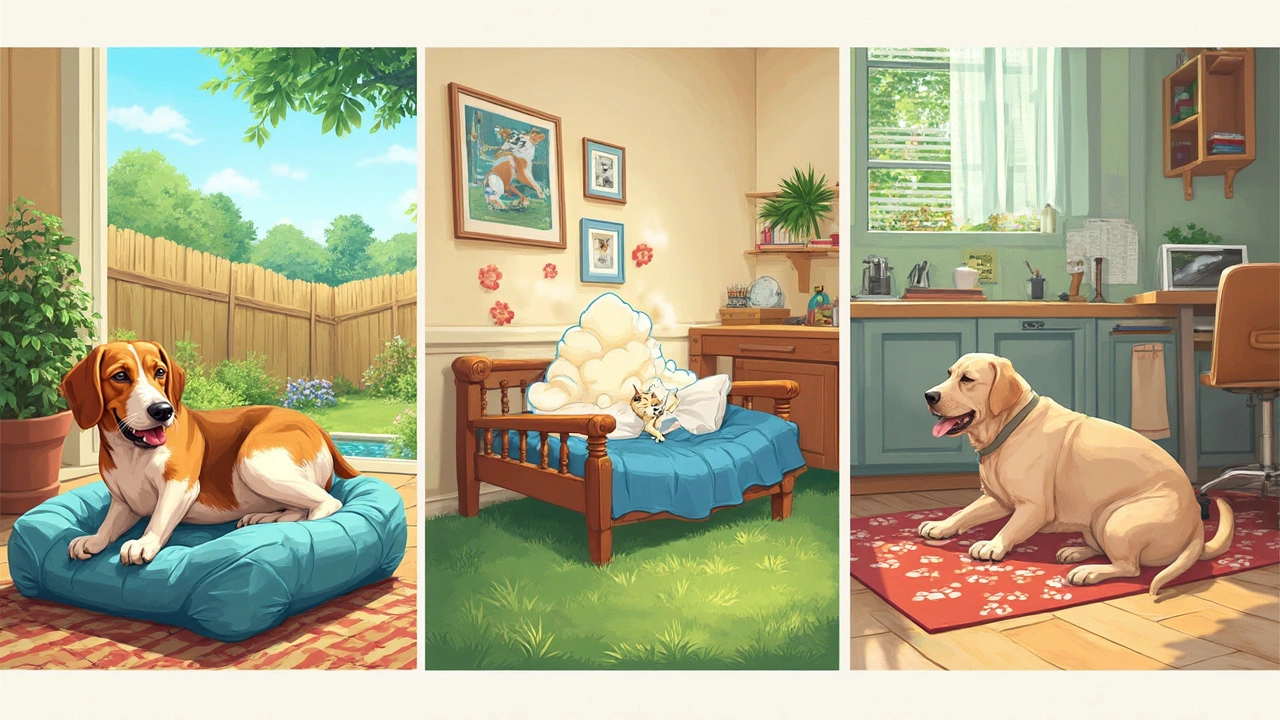
Health and Comfort Considerations
Your dog’s comfort is super important, and the right bed plays a huge role. Just like humans, dogs need a space where they can stretch out, curl up, and catch those all-important Zs. A bed that's no longer comfy can lead to restless nights, which isn’t fun for anyone involved.
Joint Support for Older Dogs
Especially if your furry friend is getting on in years, you want a bed that provides proper support. An orthopedic bed can be a game-changer. It helps to relieve pressure from joints and can really help manage arthritis or any bone issues. Thick memory foam is often a winner for older dogs who need a bit of extra care.
Allergens and Hygiene
Got a dog prone to allergies? Their bed could be part of the problem. Beds can harbor all sorts of allergens like dust mites and dander. A bed with a removable, washable cover can help keep those allergies at bay. Plus, choosing hypoallergenic materials is something to consider to make their space sneeze-free.
Temperature Regulation
Did you know that temperature can affect your dog’s sleep? Dogs tend to overheat quickly. Consider a bed with cooling gel foam if your dog tends to get too warm. In colder climates, a bed with self-warming materials can provide that extra snug feeling.
Remember, a new dog bed isn’t just about comfort; it’s also about supporting their overall health. Investing in a good quality bed pays off in keeping your pet happy and healthy. So next time your pooch seems restless or isn't as keen on their bed, it might be time to reevaluate.
Impact of Home Changes on Bed Needs
Life changes not only affect us but also our furry buddies. When things shift around in your home, it can mean your dog needs more than just new walks or toys—they might need a new dog bed too. It's easy to overlook how even small adjustments on our end can make a huge difference in their daily comfort.
New Family Members
Bringing home a new baby or even another pet is more than just an addition to the family; it's a total shakeup for your pup. Suddenly, they're sharing their space, and that might stress them out if their bed isn't offering a haven of safety and comfort. A new bed could help them find their peace again amidst the hustle and bustle.
Moving to a New House
Let’s face it—moving can be a stress-romp for everyone, dogs included. Different smells, different sounds, everything's unfamiliar. In these times, a fresh, comfy bed in their own spot can provide a much-needed sense of security and can help ease the transition. Even if you're just rearranging the furniture, it's worth considering how this could impact where your pet feels most at home.
Temperature Changes
Got a new air conditioner or just switched up from carpet to hardwood? Temperature changes, whether they're drastic or subtle, can make an old bed too hot or too cold. Shopping for a new dog bed that aligns with the new conditions can prevent a lot of uncomfortable night's sleep for your pup. Go for materials that suit the season—like cooling gels for summer or plush fabrics for those chilly nights.
Renovations
Construction at home isn't just noisy for humans. The whole process, day after day of hammering and drilling, can stress out dogs to no end. Considering a thicker, more padded bed, perhaps somewhere quieter, can help them find moments of calm amidst the chaos.
Don't forget, these changes in the home environment are a big deal for your pup. Picking the right new bed doesn't just add comfort—it's a necessary step in helping them adjust to their evolved living space.
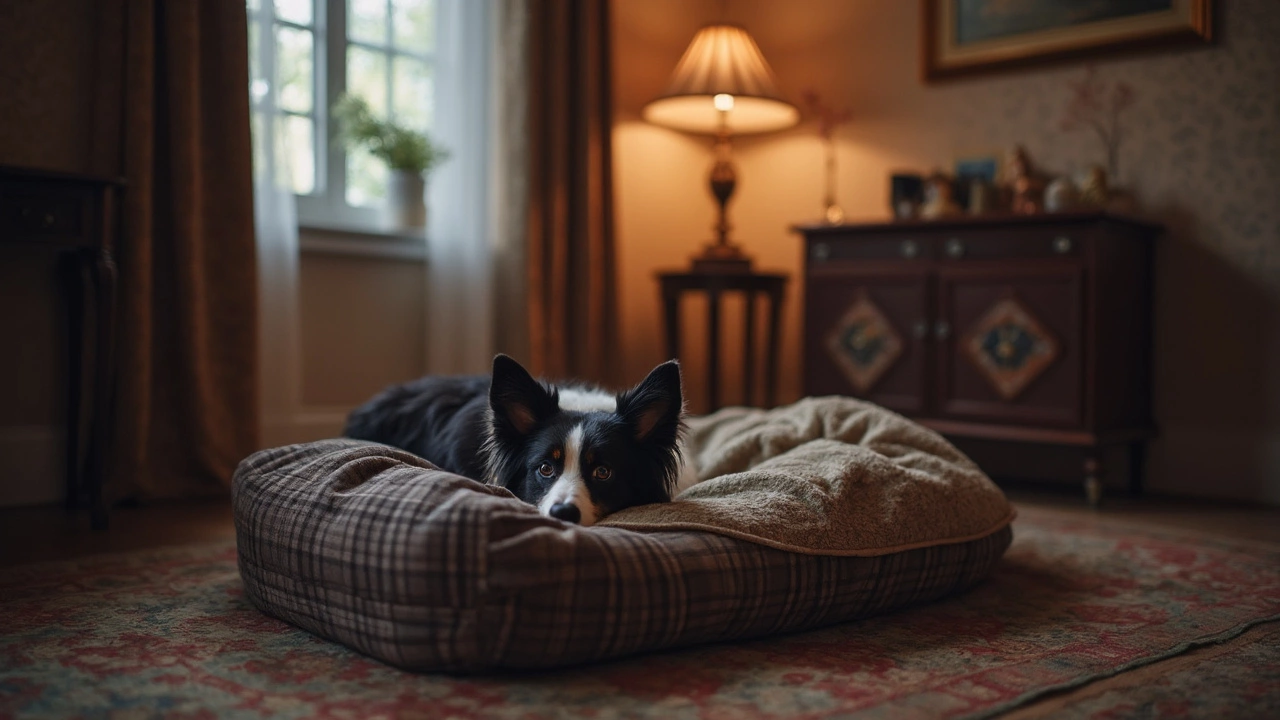
Shopping Tips for a New Bed
Picking out a new dog bed isn't just about grabbing the first cute option you see. There's a bunch of things to think about to make sure it's the perfect fit for your furry pal. So, what should you be looking for when buying a new dog bed?
Size Matters
Start with size. Your dog should be able to stretch out comfortably without hanging off the edges. Measure your pet while they're sleeping soundly on their side and add a few inches to that length. Remember, a bed too small is just a glorified pillow!
Comfort Material
Next up, think about the padding. A bed with good stuffing supports your dog’s joints, especially if they’re getting on in years. Look for orthopedic beds if arthritis or joint pain is an issue. Memory foam is a brilliant option for most dogs, providing that supportive squishiness they’ll love.
Washability
Can it be tossed in the washing machine? Dogs get smelly, and accidents happen, so pick something that isn’t a nightmare to wash. Look for beds with removable, machine-washable covers. Trust me, it’s a game-changer.
Durability
If your pup’s an enthusiastic chewer, you’ll need something sturdy. Heavy-duty fabrics or chew-resistant designs can save you from buying a new bed every few months.
Consider Their Preferences
Think about where your dog loves to sleep. Do they like stretching out on a cool floor or snuggling up somewhere cozy? Cooling mats or heated beds are niche but might be perfect for some dogs.
Types of Beds
Don't forget the style. There are cushions, bolsters, nests, and even couch-style beds. Each suits different sleeping styles, so go for one that matches your dog's preferences.
Lastly, keep budget in mind, but don't skip on quality. A new dog bed is an investment in their happiness and health. Choose wisely, and their wagging tail will be all the thanks you need.

